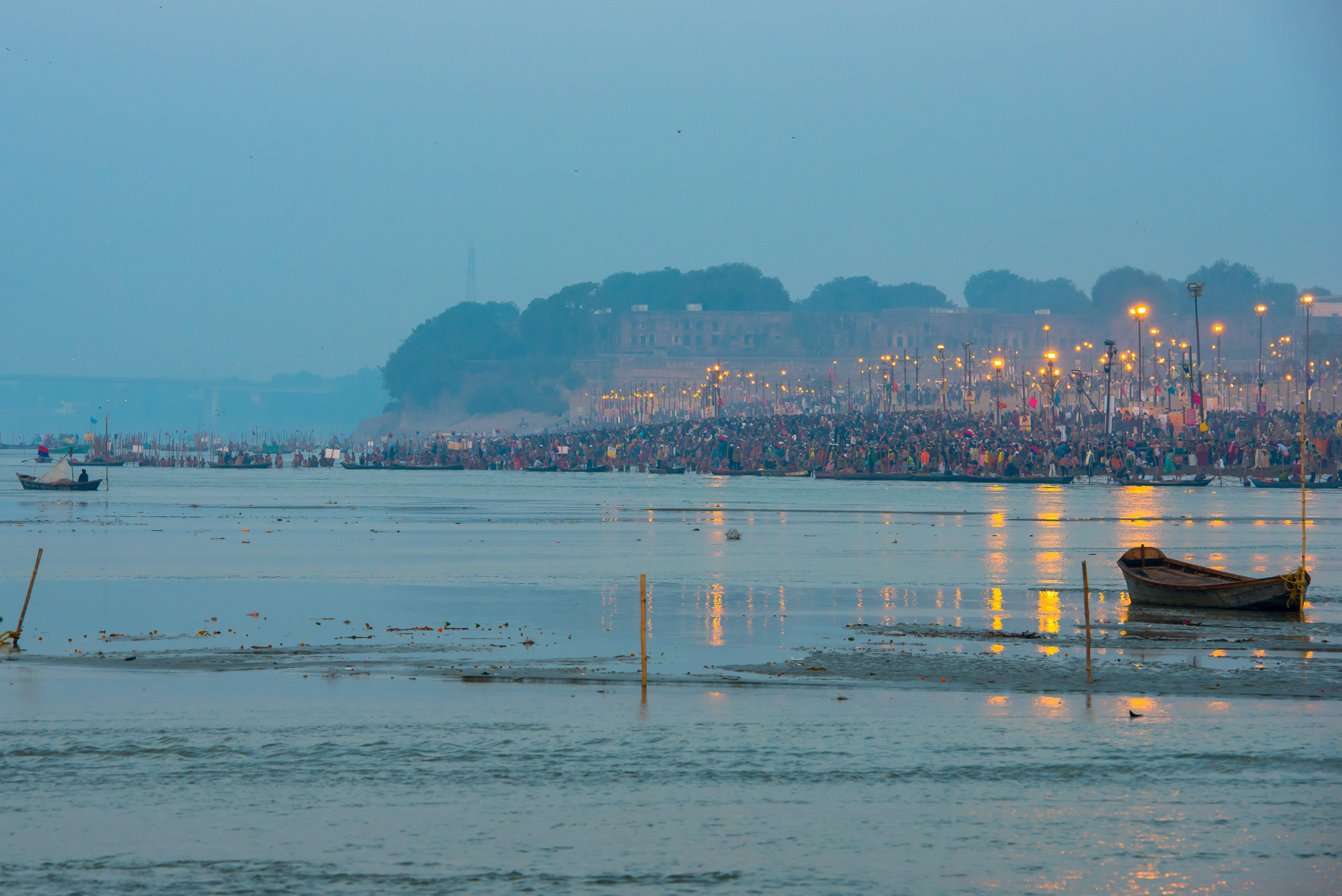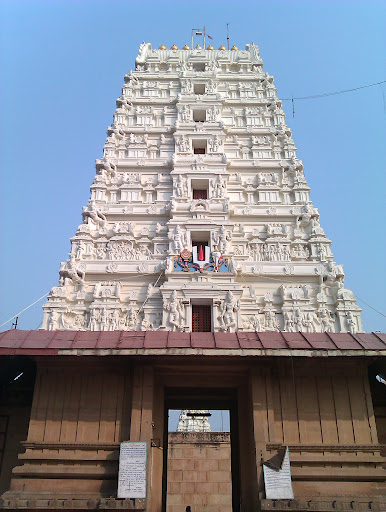India’s Maha Kumbh Mela is a majestic confluence of spirituality, history, and vibrant culture that draws millions from around the world.
Known as the world’s largest religious gathering, this event is celebrated every 12 years, rotating among four sacred riverside locations:
Prayagraj (Allahabad), Haridwar, Nashik, and Ujjain.
For tourists, this iconic festival offers not just a spiritual awakening but also a fascinating dive into India’s rich heritage, local cuisines, and nearby attractions. Let’s explore why a trip to the Maha Kumbh should be on your bucket list, along with practical tips to make your journey memorable.
The Maha Kumbh Mela 2025 in Prayagraj is scheduled from January 13 to February 26, 2025.
1. Historical Significance and Mythology
The Maha Kumbh Mela’s roots are deeply intertwined with Hindu mythology, particularly the legend of Samudra Manthan (the churning of the ocean).
According to ancient scriptures, the gods (Devas) and demons (Asuras) joined forces to churn the cosmic ocean to obtain Amrit, the nectar of immortality.
During the fierce battle for possession of the nectar, a few drops spilled over four locations in India: Prayagraj (Allahabad), Haridwar, Nashik, and Ujjain. These spots became sacred, and the Kumbh Mela is celebrated to commemorate this divine event.

Each site has its significance:
- Prayagraj: The confluence of the Ganga, Yamuna, and the mythical Saraswati, symbolizing spiritual unification.
- Haridwar: The Ganga emerges from the mountains, making it an auspicious spot for purification.
- Nashik: Associated with Lord Rama, it holds deep mythological and historical resonance.
- Ujjain: Linked to Lord Shiva, it represents celestial alignment and cosmic balance.
The celestial alignment of Jupiter, Sun, and Moon determines the timing of the Kumbh Mela, blending astronomy and spirituality.
The 12-year cycle aligns with the planetary movements of Jupiter:
- Jupiter takes approximately 12 years to complete one revolution around the Sun.
- The festival is held when Jupiter enters certain zodiac signs that align with specific astrological configurations involving the Sun and the Moon.
2. Spiritual Importance
The Maha Kumbh Mela is regarded as the ultimate pilgrimage for Hindus, offering a chance to cleanse one’s sins and attain Moksha (liberation from the cycle of birth and death). The act of taking a holy dip in the sacred rivers is believed to purify the soul and pave the way for spiritual awakening.
Spiritual Practices:
- Shahi Snan (Royal Bath): Performed by sadhus and saints of various akharas (sects), this grand ritual marks the most auspicious moments of the festival. The processions of Naga sadhus are awe-inspiring, symbolizing the victory of spirituality over materialism.
- Mass Prayers: Devotees participate in collective prayers, chanting mantras, and singing hymns, creating an atmosphere charged with devotion.
- Recitation of Scriptures: Texts like the Bhagavad Gita, Vedas, and Puranas are recited to share spiritual wisdom with attendees.
3. Cultural Extravaganza
The Maha Kumbh Mela is a living showcase of Indian culture and diversity. It brings together sadhus, ascetics, and pilgrims from across India and beyond.

Each group represents unique traditions, attires, and practices.
Key Highlights:
- Participation of Sadhus and Ascetics: The Naga sadhus, covered in ash and adorned with rudraksha beads, are the most iconic participants. Other sects, like the Aghoris, Urdhwavahurs, and Parivrajakas, also add to the spiritual vibrancy.
- Traditional Music and Dance: The air resonates with devotional songs, bhajans, and performances by folk artists.
- Vibrant Processions: The Shahi Snan includes colorful processions of akharas, with elephants, horses, and ceremonial banners, creating a grand spectacle.
4. Scale and Global Recognition
The Maha Kumbh Mela is the largest human gathering in the world, often hosting over 100 million attendees during its peak.
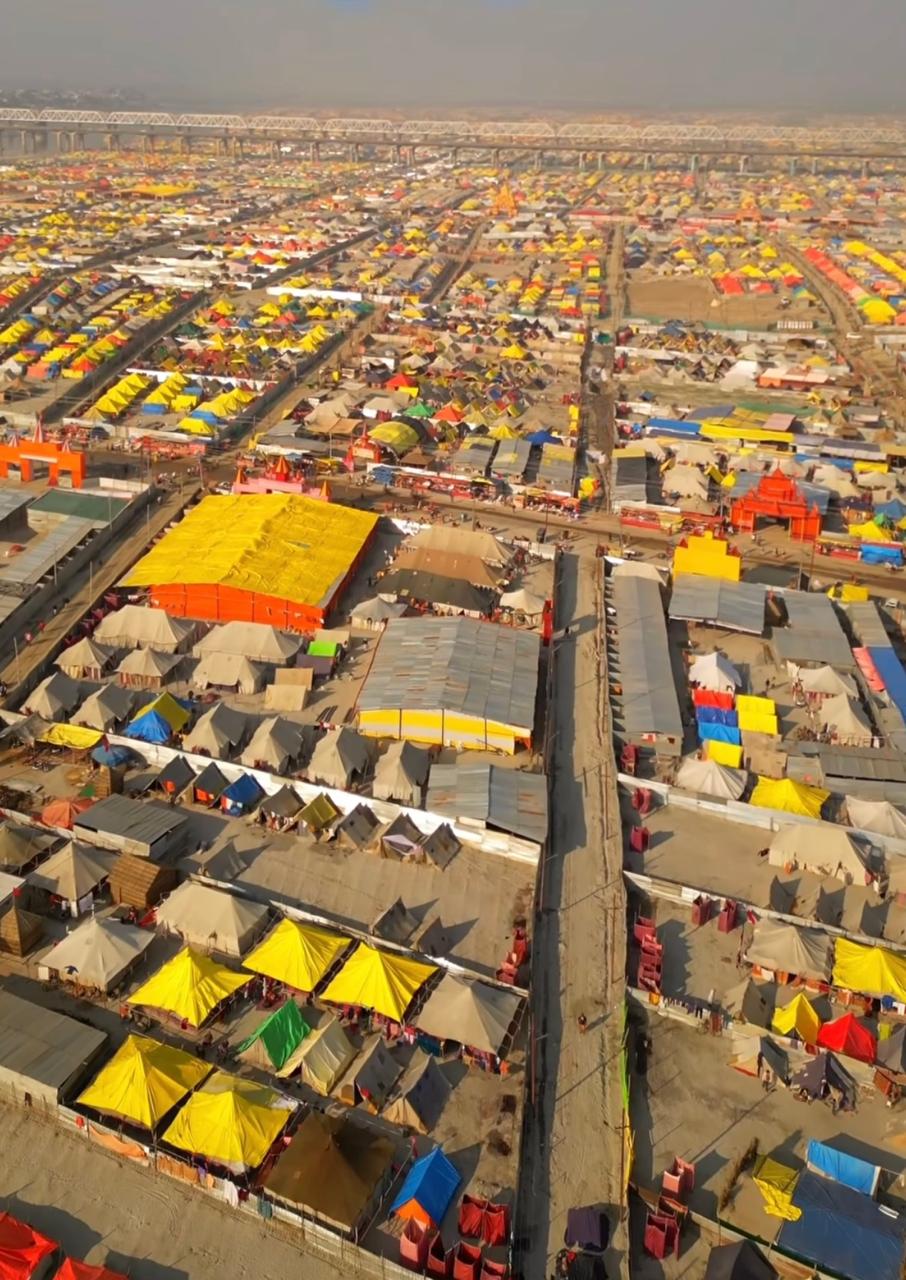
Its sheer size and spiritual significance have attracted:
- Global Tourists: From casual travelers to spiritual seekers.
- Academics and Researchers: Interested in anthropology, sociology, and religious studies.
- Filmmakers and Writers: Inspired by its visual and cultural richness.
5. Logistics and Organization
Managing an event of this magnitude requires meticulous planning:
- Accommodation: Temporary tents, ashrams, and dharamshalas cater to millions of visitors.
- Security: Thousands of personnel, drones, and surveillance cameras ensure safety.
- Medical Facilities: Emergency clinics and mobile hospitals are set up.
- Technology: Mobile apps provide real-time updates, directions, and event schedules.
The authorities also focus on crowd management through designated entry/exit points, barricades, and volunteers guiding attendees.
6. Experiences for Tourists
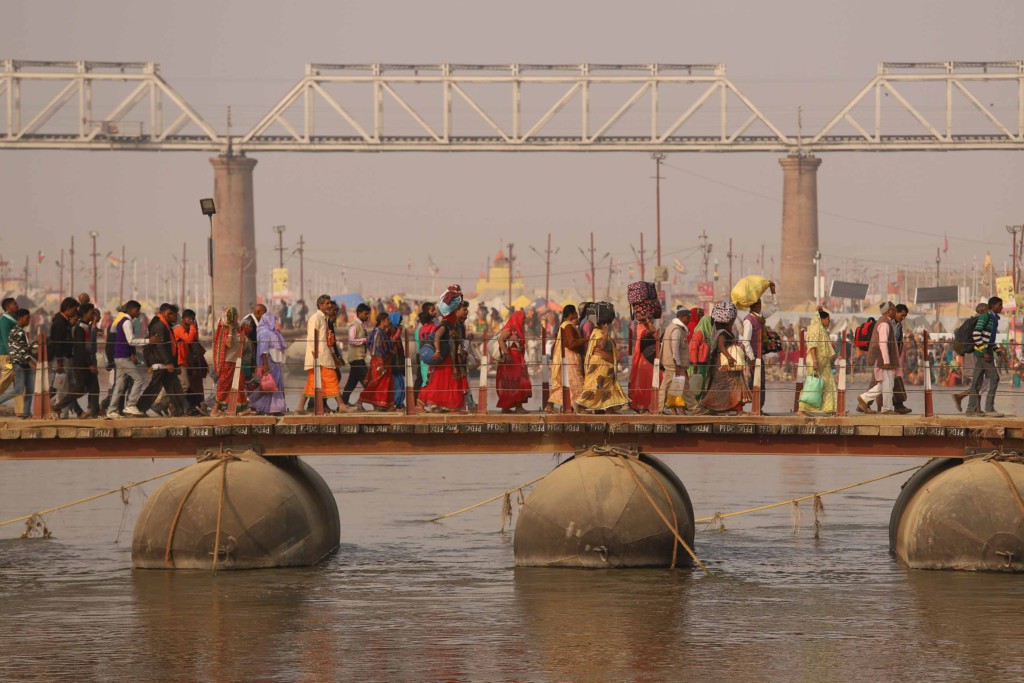
Tourists visiting the Maha Kumbh can witness:
- Naga Sadhus’ Rituals: A rare opportunity to observe these reclusive ascetics perform ancient rituals.
- Akharas and Traditions: Learn about the history and practices of different spiritual sects.
- Devotional Activities: Participate in aarti (ritual offerings) and mass prayers.
- Local Bazaars and Food Stalls: Explore vibrant markets selling religious items, souvenirs, and street food.
7. Best Time to Visit and Planning Tips
- Best Time: Attend during the Shahi Snan days for the most captivating experience. January–February is ideal for cool weather.
- Duration: A 3–4 day trip is sufficient to explore the event and nearby attractions.
The Maha Kumbh Mela 2025 in Prayagraj is scheduled from January 13 to February 26, 2025.
The Shahi Snan (Royal Bath) dates, considered the most auspicious for ritual bathing, are as follows:
- Makar Sankranti: January 14, 2025
- Mauni Amavasya: January 29, 2025
- Basant Panchami: February 3, 2025
These dates are significant, attracting millions of pilgrims who believe that bathing in the holy waters during these times cleanses sins and leads to spiritual liberation.

In addition to the Shahi Snan, there are other important bathing dates during the Kumbh Mela 2025 in Prayagraj:
- Paush Purnima: January 13, 2025
- Achla Saptami: February 4, 2025
- Maghi Purnima: February 12, 2025
- Maha Shivratri: February 26, 2025
On these days, the bathing ritual is considered to cleanse the soul, grant divine blessings, and remove any sins. Devotees believe that a dip in the sacred waters, especially at the Triveni Sangam (confluence of Ganga, Yamuna, and Saraswati), during these auspicious times, helps in achieving spiritual enlightenment and salvation.
Planning Tips:
- Book accommodations early, especially in Prayagraj’s Civil Lines, Mutthiganj, or Kydganj.
- Pack comfortable footwear, warm clothing, and essentials like water bottles and snacks.
- Use public transport or guided tours to navigate the city.
8. Food and Local Cuisines
The Maha Kumbh offers an array of simple yet delicious vegetarian dishes:
- Khichdi: A traditional dish served in ashrams, symbolizing purity.
- Street Snacks: Indulge in kachori-sabzi, samosas, and pakoras.
- Sweets: Jalebi, peda, and gulab jamun are must-try treats.
The food reflects the devotional simplicity and cultural essence of the festival.
9. Nearby Attractions
Enhance your trip by visiting these landmarks:
- Sangam (Prayagraj): The confluence of Ganga, Yamuna, and Saraswati.
- Akbar’s Fort: A Mughal-era monument overlooking the Sangam.
- Anand Bhavan: A historic mansion connected to India’s independence.
Nearby Cities for Short Trips:
- Varanasi (120 km): Explore its ghats and spiritual aura.
- Chitrakoot (130 km): A serene destination with ties to the Ramayana.
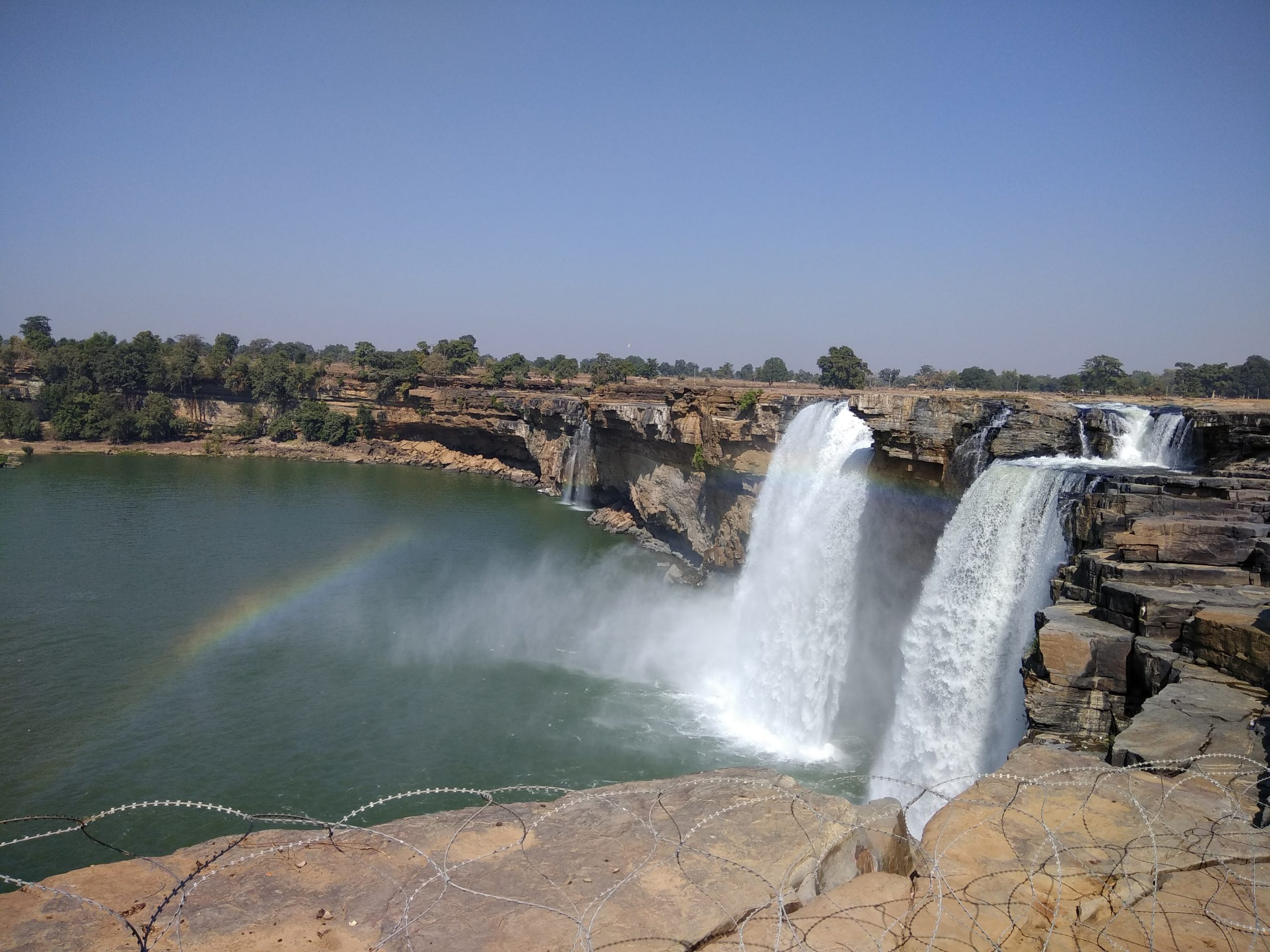
10. Safety and Travel Tips
Practical Advice:
- Stay hydrated and follow hygiene practices.
- Stick to designated zones to avoid overcrowded areas.
- Use mobile apps or local guides for directions and event updates.
- Keep important contact numbers handy.
The Maha Kumbh Mela is more than a festival—it’s a kaleidoscope of devotion, culture, and humanity. Whether you’re seeking spiritual fulfillment or an adventure into India’s heartland, the Maha Kumbh offers an unparalleled experience.
By planning well and embracing the spirit of the festival, the Maha Kumbh Mela becomes a life-changing experience for both pilgrims and tourists.

